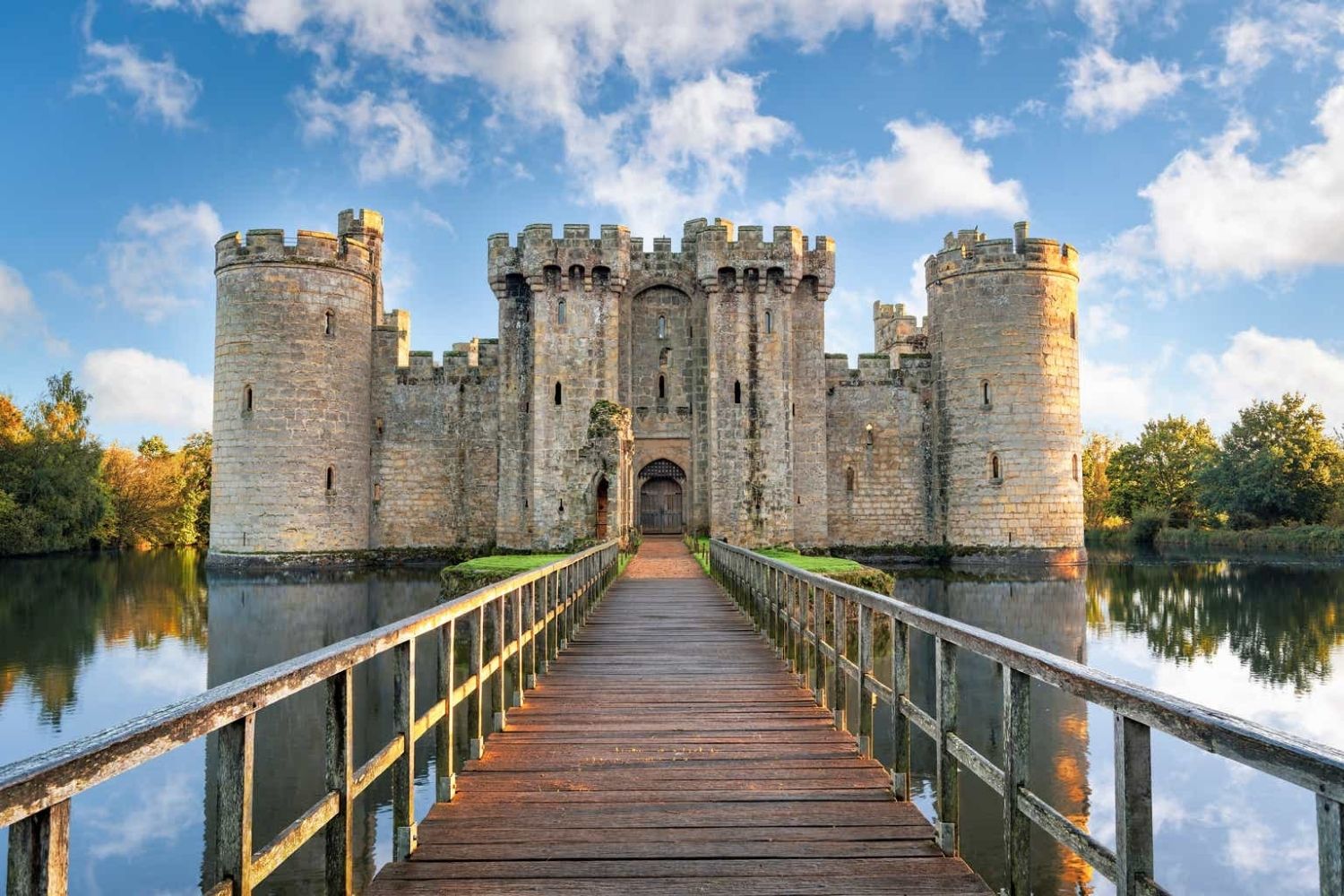
Medieval studies is a fascinating field that delves into the history, culture, and society of the Middle Ages. Ever wondered what life was like during this period? From knights and castles to daily life and education, there's so much to learn. Did you know that medieval universities laid the groundwork for modern education systems? Or that the Black Death drastically changed Europe's population and economy? Medieval studies also explores the rich tapestry of art, literature, and religion that shaped the era. Whether you're a history buff or just curious, these 29 facts will give you a deeper understanding of the medieval world.
Medieval Studies: A Glimpse into the Past
Medieval studies offer a fascinating look into a time filled with knights, castles, and epic battles. This period, roughly spanning from the 5th to the late 15th century, is rich with history and culture. Let's dive into some intriguing facts about this era.
-
The term "medieval" comes from the Latin words "medium aevum," meaning "the middle ages."
-
The medieval period is often divided into three parts: the Early Middle Ages, the High Middle Ages, and the Late Middle Ages.
-
Feudalism was the dominant social system, where land was exchanged for military service.
-
The Black Death, a devastating plague, killed an estimated 25-30 million people in Europe between 1347 and 1351.
-
Gothic architecture, characterized by pointed arches and ribbed vaults, flourished during the High and Late Middle Ages.
Knights and Chivalry
Knights were the superheroes of the medieval world, bound by a code of chivalry that dictated their behavior both on and off the battlefield.
-
Knights began their training as pages around the age of seven, then became squires before being knighted.
-
The code of chivalry included ideals like bravery, courtesy, honor, and gallantry toward women.
-
Tournaments were popular events where knights could showcase their skills in jousting and other martial games.
-
The legendary King Arthur and his Knights of the Round Table are iconic figures in medieval literature.
-
Chainmail was the primary armor for knights until plate armor became more common in the 14th century.
Castles: Fortresses of the Medieval World
Castles were not just homes for nobility; they were also military strongholds designed to withstand sieges and attacks.
-
The first castles were made of wood, but stone castles became more common by the 11th century.
-
Castles often featured moats, drawbridges, and high walls for defense.
-
The Tower of London, built by William the Conqueror, is one of the most famous medieval castles.
-
Siege warfare was a common tactic, with attackers using trebuchets, battering rams, and siege towers.
-
Castles also served as administrative centers and symbols of power.
Medieval Religion and the Church
Religion played a central role in medieval life, influencing everything from politics to education.
-
The Catholic Church was the most powerful institution, with the Pope holding significant influence over kings and emperors.
-
Monasteries were centers of learning, preserving ancient texts and producing illuminated manuscripts.
-
Pilgrimages to holy sites, such as Jerusalem, Rome, and Santiago de Compostela, were common.
-
The Crusades were a series of religious wars aimed at reclaiming the Holy Land from Muslim control.
-
Gothic cathedrals, like Notre-Dame de Paris, are masterpieces of medieval religious architecture.
Daily Life in the Middle Ages
Life in the medieval period varied greatly depending on one's social status, but certain aspects were common across all classes.
-
Most people lived in rural villages and worked as farmers, growing crops like wheat, barley, and oats.
-
Medieval towns were crowded and unsanitary, with open sewers and waste thrown into the streets.
-
Guilds regulated trades and crafts, ensuring quality and fair prices for goods.
-
The diet of medieval people was largely based on bread, porridge, and vegetables, with meat being a luxury.
-
Festivals and fairs were important social events, featuring music, dancing, and games.
Education and Learning
Education in the medieval period was primarily the domain of the Church, but universities began to emerge as centers of higher learning.
-
The University of Bologna, founded in 1088, is considered the oldest university in continuous operation.
-
Latin was the language of education, used in all scholarly and religious texts.
-
The trivium (grammar, rhetoric, and logic) and quadrivium (arithmetic, geometry, music, and astronomy) formed the basis of medieval education.
-
Famous medieval scholars include Thomas Aquinas, who made significant contributions to philosophy and theology.
Medieval Studies: A Fascinating World
Medieval studies offer a window into a time filled with knights, castles, and epic battles. This field uncovers the rich tapestry of history, literature, and culture from the Middle Ages. From the intricate designs of illuminated manuscripts to the chivalric codes of knights, every aspect tells a story of a bygone era. Understanding medieval times helps us appreciate the roots of modern society, revealing how past events shaped today's world. Whether you're intrigued by the legends of King Arthur or the architectural marvels of Gothic cathedrals, medieval studies provide endless avenues for exploration. Dive into this captivating period and discover the connections between then and now. The Middle Ages may be long gone, but their legacy lives on, influencing art, literature, and even our daily lives. So, keep exploring and let the medieval world inspire your curiosity.
Was this page helpful?
Our commitment to delivering trustworthy and engaging content is at the heart of what we do. Each fact on our site is contributed by real users like you, bringing a wealth of diverse insights and information. To ensure the highest standards of accuracy and reliability, our dedicated editors meticulously review each submission. This process guarantees that the facts we share are not only fascinating but also credible. Trust in our commitment to quality and authenticity as you explore and learn with us.
